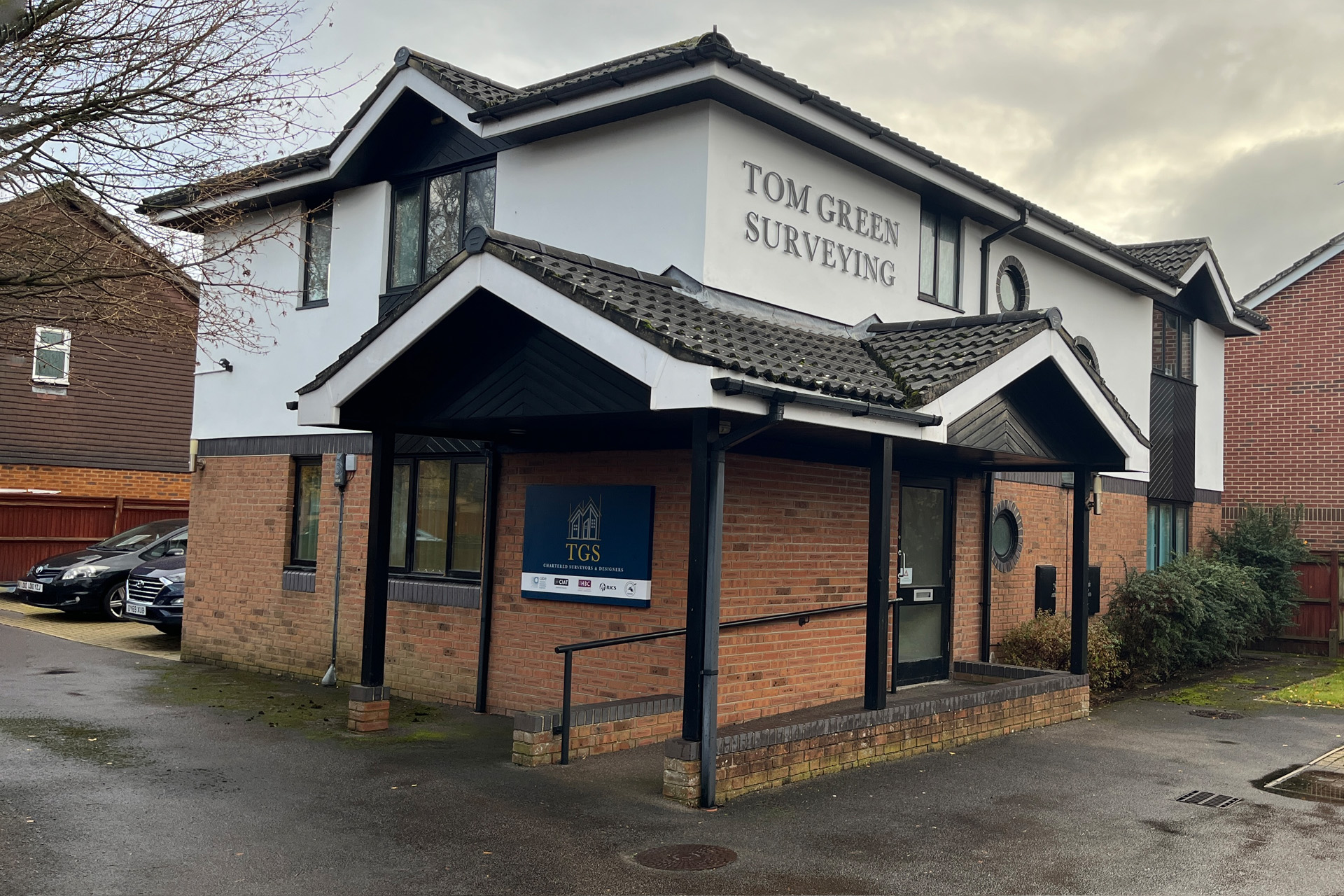Difference Between Planning Permission and Building Control
When it comes to making changes to your property, like an extension, renovation or complete new build – it is common to get confused between what you need to keep within regulations - Planning Permission or Building Control. They are two separate processes, each with its own rules, regulations and purpose.
Understanding the difference is essential to avoid costly delays, stay compliant and keep your project moving smoothly.
What is Planning Permission?
Planning Permission is the approval you need from your Local Planning Authority (LPA) to carry out certain types of development on land or buildings. It deals with how the development looks and fits into its surroundings—not how it is constructed.
You’ll usually need Planning Permission for:
- New buildings
- Major extensions
- Changes in property use (e.g., from residential to commercial)
- Significant alterations to listed buildings or properties in conservation areas
However, not all changes require a full application. Under Permitted Development Rights, many minor alterations (like small rear extensions or loft conversions) can be carried out without formal permission—though it is always wise to check first.
The application process involves submitting plans to the local planning department. They assess your proposal based on regional and national planning policies, environmental impact and sometimes public consultation before granting or refusing permission.
What is Building Control?
Building Control makes sure that all construction work complies with the Building Regulations, which cover things such as safety, energy efficiency, accessibility and structural integrity. Unlike Planning Permission, it focuses on how the work is carried out, not how it looks.
Building Regulations apply to most construction work, including:
- Structural changes (e.g., removing walls)
- Electrical and plumbing installations
- Fire safety features
- Insulation and ventilation improvements
Building Control is typically overseen by Local Authority Building Control (LABC) or Registered Building Control Approvers (RBCA), who will inspect your work at various stages. These inspections ensure the construction is safe, compliant and fit for use.
If your project doesn’t meet these standards, you may be required to make changes or risk enforcement action and future legal complications when selling the property.
Key Differences Between Planning Permission and Building Control
Here is a clear breakdown of how the two processes differ:
| Aspect | Planning Permission | Building Control |
|---|---|---|
| Purpose | Aesthetic, land use and environmental impact | Safety, structural integrity and compliance |
| Authority | Local Planning Authority (Council) | Local Authority Building Control or Registered Building Control Approvers |
| Focus | What is built, where it is built and how it looks | How it is built and whether it meets regulations |
| Applies to | New developments, major external changes and change of use | Most structural work, including internal alterations |
| Process | Application with plans, may involve consultation | Inspections at stages (e.g., foundation, insulation and final sign-off) |
| Approval | Required before starting work | Required during and after construction |
Do You Need Both?
In many cases, yes—you will need both Planning Permission and Building Control approval. But not always.
Example 1:
If you are building a two-storey extension, you will likely need both Planning Permission (due to external changes) and Building Control (to make sure it is structurally sound and meets the required minimum standards).
Example 2:
If you are doing internal alterations, like removing a load bearing wall or upgrading insulation, you might not need Planning Permission, but Building Control approval would still likely be required.
Not sure what applies to your project? Use this quick checklist:
- Are you changing the appearance or size of the building? → Likely needs Planning Permission.
- Are you affecting the structure, electrics or safety of the property? → Definitely needs Building Control.
- Is the property listed or in a conservation area? → Additional consents may be required.
Frequently Asked Questions
How long does Planning Permission take?
Usually, 8 weeks, though it can take longer for larger or more complex proposals.
What happens if I start work without Building Control approval?
You may face enforcement action, be required to undo the work or struggle to sell the property later.
Can I appeal a Planning Permission refusal?
Yes. There is an appeals process through the Planning Inspectorate. We can help guide you through it.
Let’s Get It Right
Confused about what permissions or approvals you need? We have helped countless clients avoid costly mistakes and get their projects approved without unnecessary delays. Contact our team today to discuss your options.


